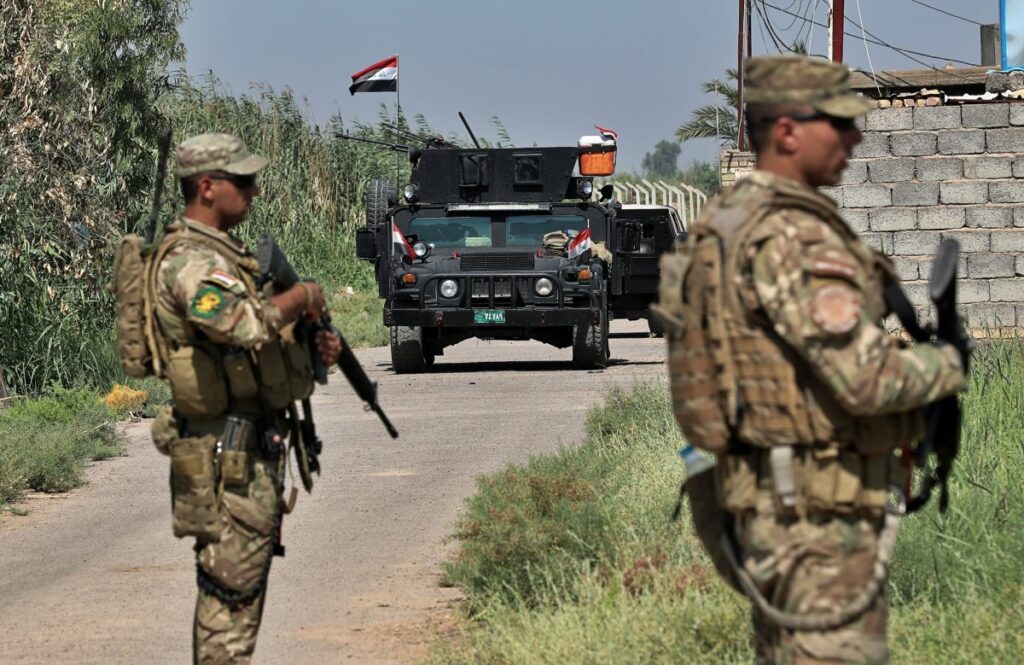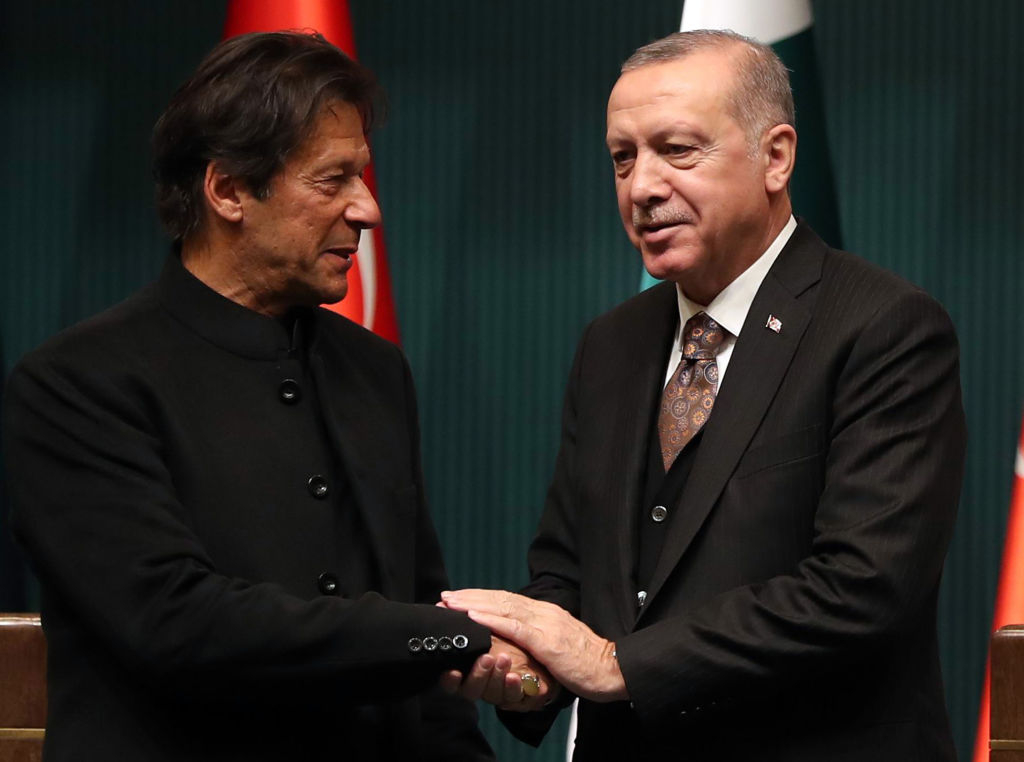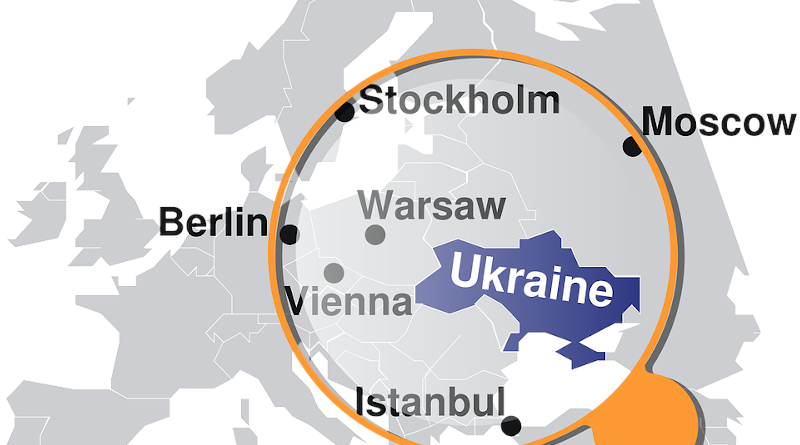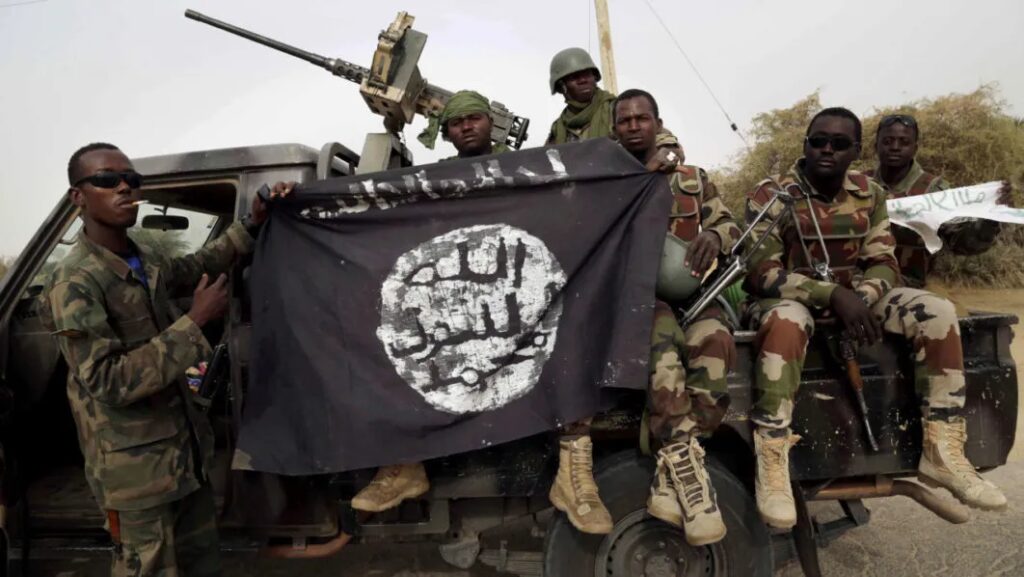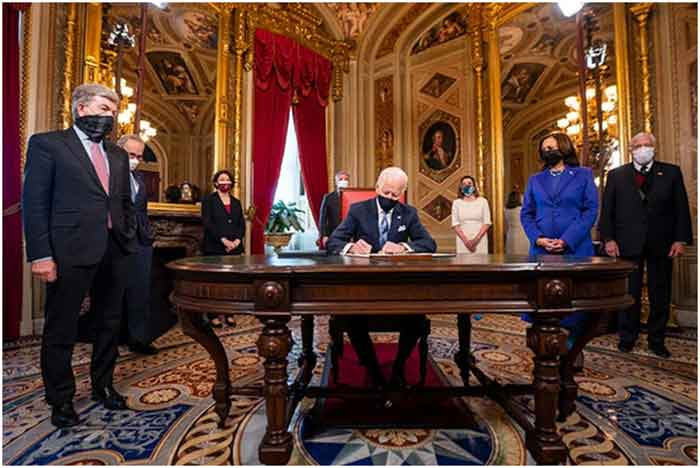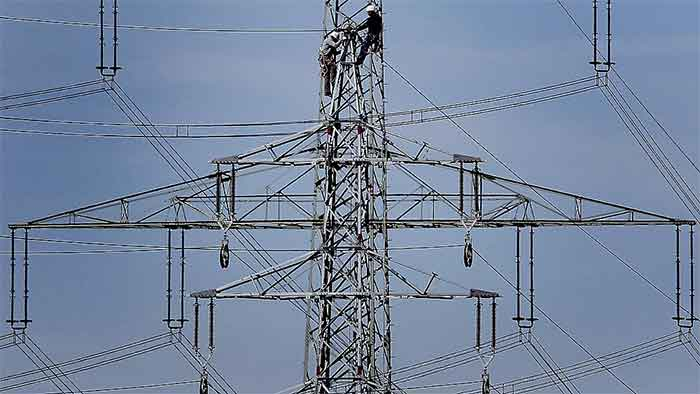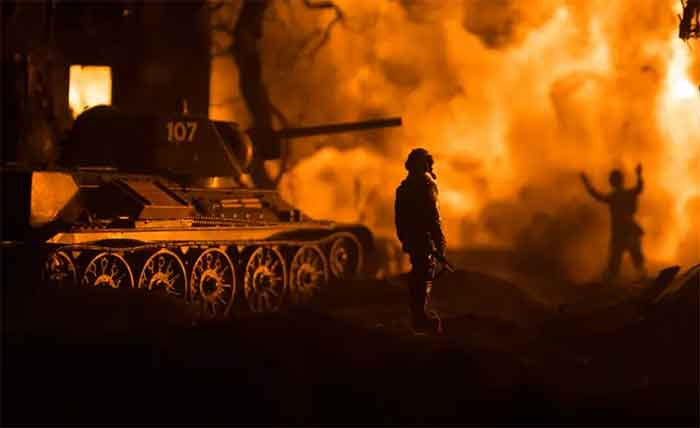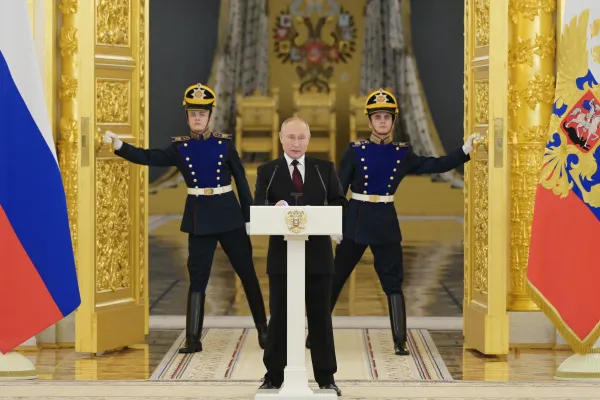The Islamic State Threat in Taliban Afghanistan: Tracing the Resurgence of Islamic State Khorasan
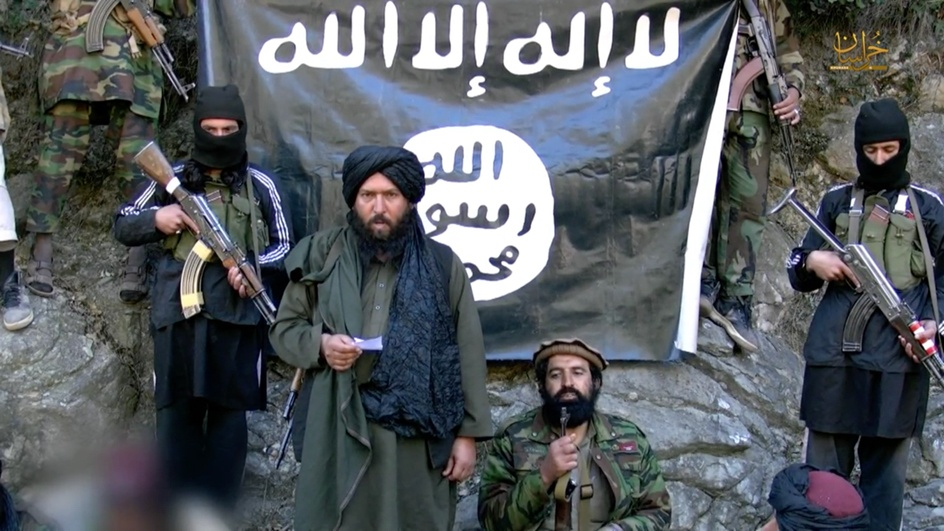
Abstract: Although the Islamic State’s official affiliate in Afghanistan, Islamic State Khorasan (ISK), first emerged as a threat in 2015, its global notoriety was heightened when it struck the Kabul airport during the Taliban takeover of the city in August 2021, leading to questions about the future stability of the country and the Taliban’s ability to contain the revived terrorist threat. The Taliban’s takeover of Kabul, combined with an unconditional U.S. withdrawal and a collapsed Afghan government, generated new opportunities for ISK to reinvigorate its violent campaign following years of significant manpower and territorial losses. Given the absence of multilateral counterterrorism pressure, the Taliban’s limited capacity to govern, and a worsening humanitarian crisis in Afghanistan, ISK now finds itself perhaps in the most permissive environment yet to rebuild, rally, and expand. As the Taliban continue to struggle with their transition to a state actor, ISK enjoys unprecedented opportunities to forge opportunistic ties with local militant groups in need of jihadi alliances and to recruit from communities dissatisfied with the Taliban’s rule. If regional powers do not engage in a coordinated security strategy with the Taliban, they may bear the consequences of the growing ISK-Taliban conflict.

